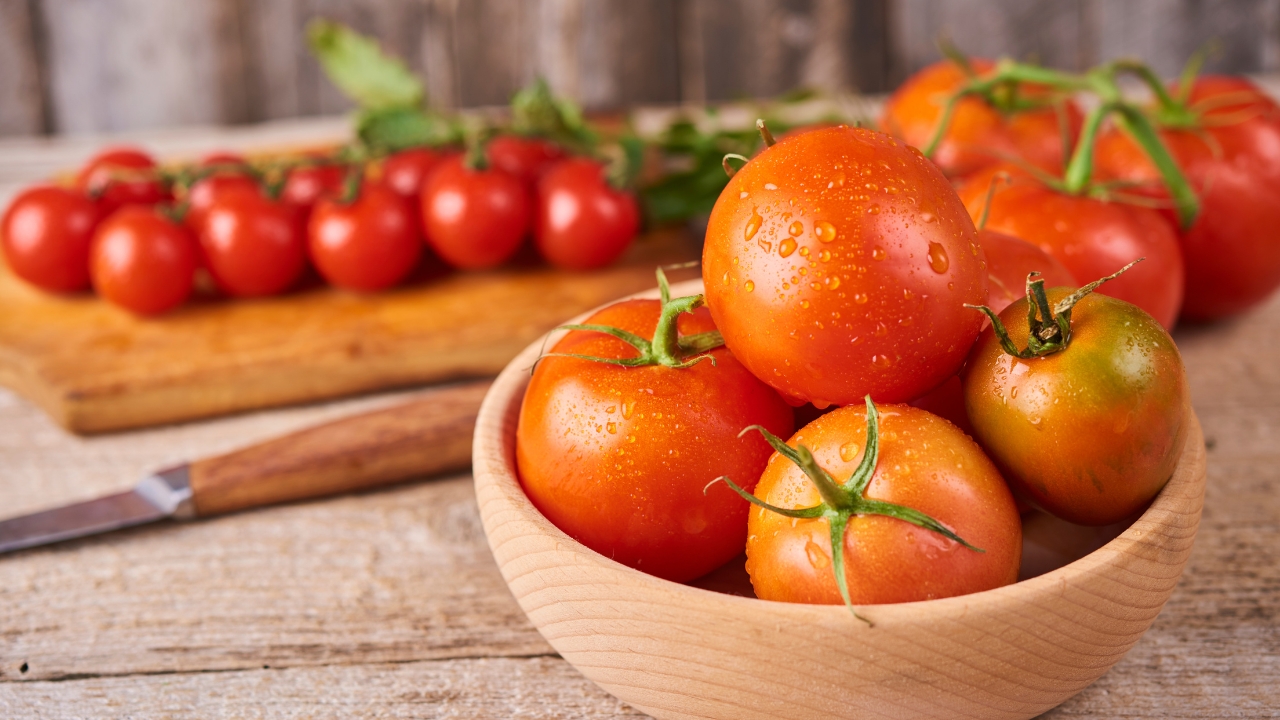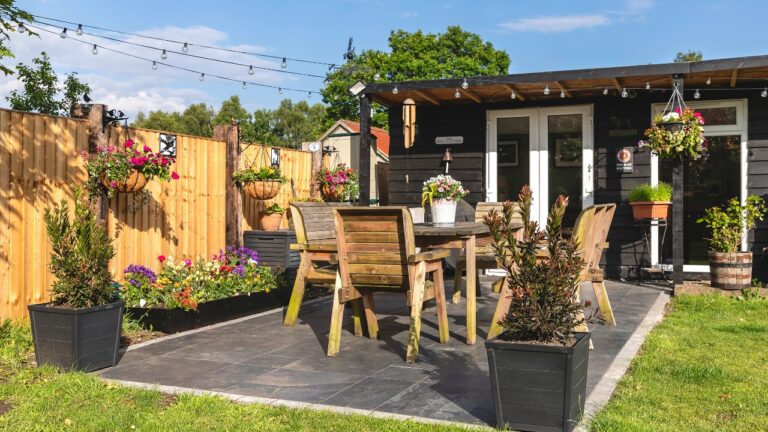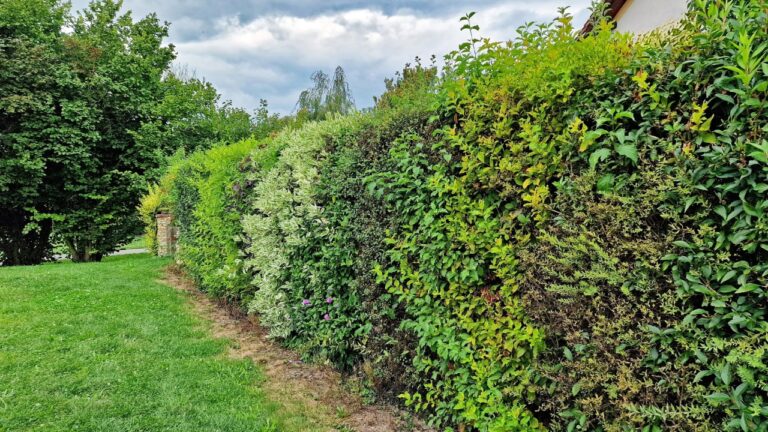How to Grow Giant Tomatoes
There’s something about growing a tomato that’s bigger than your hand that feels incredibly satisfying. But getting those giant slicers doesn’t happen by accident. It takes the right variety, solid soil, and a growing routine that prioritizes fruit over foliage.
If your tomatoes usually come out small or average, there are a few key changes you can make to get those big, heavy tomatoes that actually fill a sandwich. Here’s what matters most.
Start with the Right Variety

Not every tomato is meant to grow big. If you’re planting cherry or grape tomatoes, they’re never going to size up. Look for heirloom or beefsteak types like Brandywine, Mortgage Lifter, or Big Zac. These are known for their size potential when they’re grown in the right conditions. Skip the hybrids if your goal is size over shelf life.
Give Them Plenty of Space

Crowded plants won’t produce large fruit. Tomatoes need airflow and root room to develop well. Aim for at least 2–3 feet between each plant and don’t cram too many into one bed. Tighter spacing might look neat at first, but it almost always leads to stunted fruit and more disease issues later in the season.
Feed the Soil Before You Plant
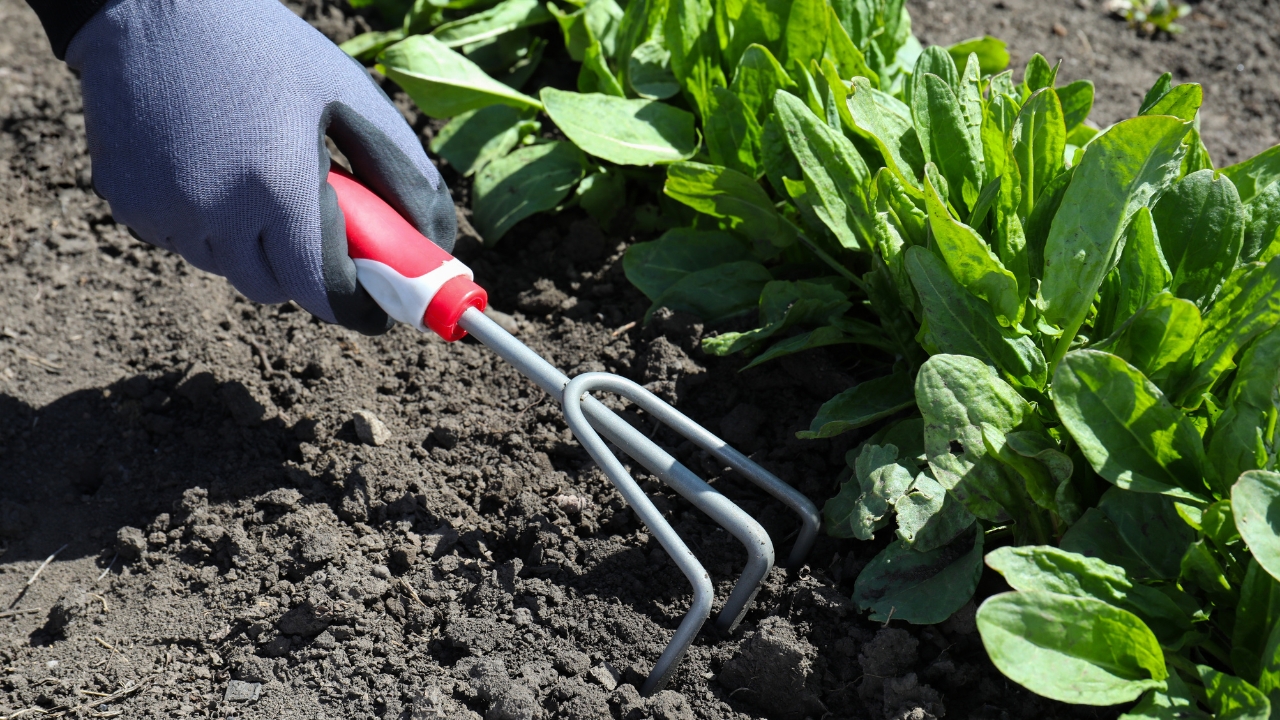
If you want big tomatoes, your soil needs to be ready to support them. Mix in compost, aged manure, or organic fertilizer a few weeks before planting. Tomatoes are heavy feeders, so don’t rely on average garden soil. The better the nutrition in the ground, the better your chances of growing fruit that’s actually worth bragging about.
Water Deep and Consistent

Inconsistent watering leads to stress, cracking, and smaller fruit. Tomatoes don’t like surprises when it comes to moisture. Set up a watering schedule that keeps the soil evenly moist—deep enough to reach the roots, but not soggy. Mulching around the base helps lock in that moisture and keeps things from drying out too fast in the heat.
Prune for Size, Not Quantity

If you want massive tomatoes, you’ll need to sacrifice some of the extras. Prune away the suckers (those little shoots between main stems and branches) to reduce energy loss. Also, pinch off some of the smaller flower clusters so your plant can focus all that energy into fewer, but bigger, fruit.
Support the Plant Early

Heavy fruit needs solid support, or you risk broken branches and early drop-off. Install a sturdy cage or trellis system as soon as your plant goes in the ground. Tying branches as they grow keeps the weight evenly supported and prevents that big tomato from hanging too low and rotting in the dirt.
Use a High-Potassium Fertilizer After Fruit Sets

Once your tomato flowers turn into fruit, switch over to a fertilizer that’s higher in potassium. This helps with fruit development and weight gain. Avoid high-nitrogen products at this stage—too much nitrogen will keep pumping out leaves and slow down the size of your tomatoes.
Limit the Number of Fruits Per Plant
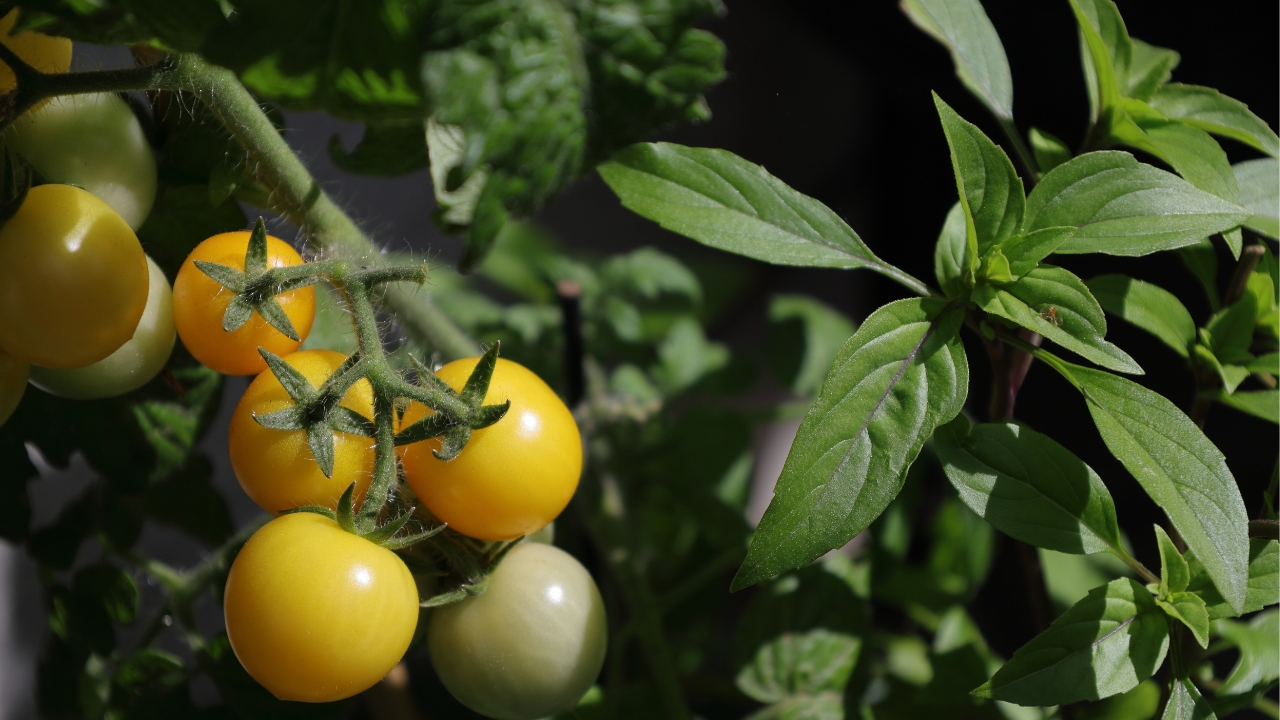
This is hard to do, but it works. If your plant sets 20 tomatoes, none of them will get huge. Instead, limit your plant to 4–6 fruit per main stem, especially for the giant varieties. It feels wrong at first, but redirecting energy like this really does make a difference in final size.
Watch for Pests and Disease

Tomatoes that are fighting off pests or disease won’t reach full size. Keep an eye out for signs of blight, hornworms, or spider mites. A stressed plant is less productive, even if it looks okay on the surface. Catching issues early means your plant can keep funneling energy toward fruit instead of survival.
Pick at the Right Time

Letting the tomato stay on the vine too long doesn’t always mean it’ll keep growing. Most tomatoes reach their max size before they fully ripen. If the fruit is firm and nearly full color, go ahead and pick it. Leaving it on too long invites cracking, splitting, or pests, especially in hot weather.
*This article was developed with AI-powered tools and has been carefully reviewed by our editors.

